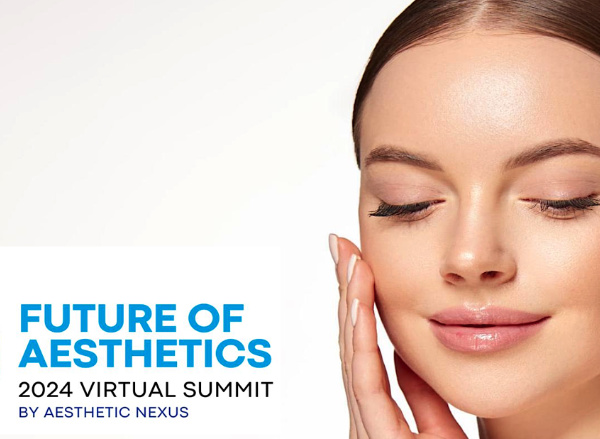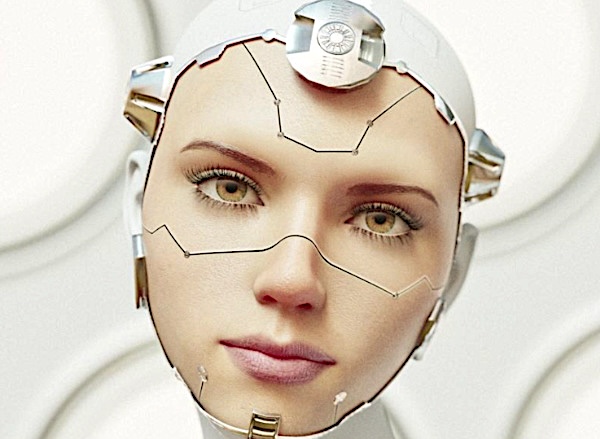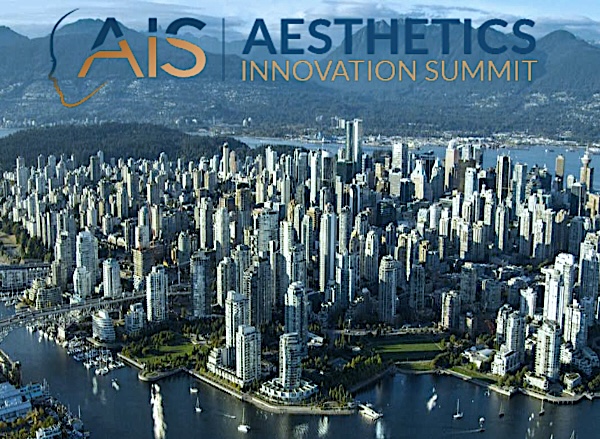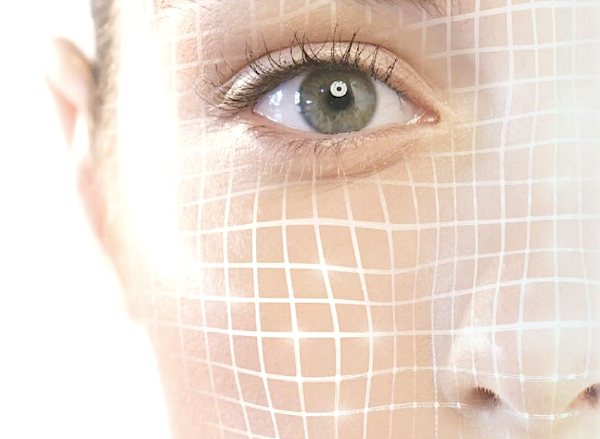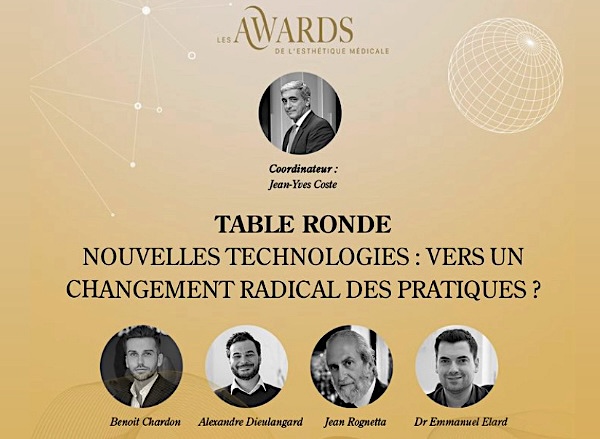Jean-Yves COSTE presented at the AIME Meeting in Marrakech on the latest innovative trends breaking the codes in the Medical Aesthetics Sectors and meet with new game-changing disruptors shifting the paradigm at the cutting edge of technological breakthroughs.

Jean-Yves COSTE presented at the AIME Meeting in Marrakech on the latest innovative trends breaking the codes in the Medical Aesthetics Sectors and meet with new game-changing disruptors shifting the paradigm at the cutting edge of technological breakthroughs. The conference was showcasing avant-gardistic developments in novel dermal fillers, tissular inductors, biorevitalizers, regenerative and reconstructive medicine, vascular stromal leveraging the tissue reengineering properties of adipocytes . His presentation reviewed a profusion of new plant-derived synthetic recombinant exosome-based treatments able to optimize neocollagenesis and neoelastogenesis by stimulating fibroblast proliferation, skin microbiota, growth factors, groundbreaking needle-free intelligent drug delivery technologies revolutionizing the precision of derm penetration, toxin performance booster, novel BDDE-free crosslinking technologies enhance the preservation of the hyaluronic acid’s rheological properties in terms of viscoelasticity, plasticity, homogeneity, cohesiveness and longevity.
The Conference was also a vibrant testimony to the meteoric rise of these Novel forms of EBDs with ND:YAG, Q-Switched, Erbium Glass, Femtosecond and Picosecond lasers, as well as in High Intensity Focused Ultrasound, High Intensity Facial Electromagnetic Spectrum, Bipolar / Multipolar RF and Microneedling as well as “lower belt beautification” including vulvovaginal rejuvenation, body reshaping and recontouring, High-Intensity Focused Ultrasounds with Multi-sonic Lymphatic Drainage System.
Generative AI powered by large language models, blockchain and massive skyrocketing server cloud competing capabilities, deep learning, a subset of machine learning built using artificial neural networks that model how neurons in the human brain talk to each other, is one of the most popular themes in the metaverse. VR headsets and AR smart glasses manufacturers are adopting eye tracking—a deep learning-powered functionality—as a logical prerequisite for breaking hardware barriers such as screen resolution and frame rates. The movement of human avatars and digital goods in virtual spaces can easily be leveraged by doctors in the medical aesthetics universe. Within AI, we see seven key technology categories: machine learning, data science, conversational platforms, computer vision, AI chips, smart robots, and context-aware computing. The convergence of all seven categories with the metaverse, in some form, will drive the expansion of this theme.
The Metaverse will be able to accelerate conversion of considerers into medical aesthetics patients, notably through the deep intermingling of patients’ avatars and the medical aesthetics ecosystem facilitating the rapports with unlocking the revelation of the real unmet needs and transformational ambitions pursued by the patients.
An augmented Doctor can count on an arsenal of extremely accurate previsualization and result simulation tools to predict the performance of its treatment and turn considerers into patients
Ability to calibrate, sort, quantify, assess and benchmark the image data, scrutinize and extrapolate it as well as transfer it to other platforms
Ability to create a hub of centralized information and a dynamic database of active profiles, which can serve continued medical education and training purposes as well as to exchange the dataflow with CROs.
Useful and efficient platform to exchange patient data with other doctors and thus enhance the quality of the performed services.
Smart User Interfaces with lots of On-Board IT in new equipment enabling to optimize the efficiency of use, minimize the risks of malpractice and increase resource utilization via delegation to qualified nurses.
The Holy Grail in the new digital Hall of Fame becomes the creation of influential, captive, addictive and immersive aesthetics ecosystems cracking the “repeat business” success formula: a machine to convert, retain and engage customers with a consistent and well-recognizable, no downtime, minimally invasive, safe and painless, reproducible, instantaneously effective with natural looks in an holistic prejuvenation or better-ageing approach. Catalysing the personalization of their approaches and revolutionizing their relationships to the client, leveraging their patient’s connectivity, reducing the risks of malpractice.
The metaverse can also democratize access to medical aesthetics for all patients, regardless of location. The use of telemedicine surged during COVID-19 and practitioners found they could efficiently and quickly diagnose many conditions without needing to examine patients physically. Telemedicine consultations through VR would allow patients to access the best specialists anywhere. Doctors and patients could share the same virtual space, and doctors could even examine a patient through a 3D projection.
In Education & Training, the metaverse could provide new and invaluable opportunities for immersive, hyper-realistic, simulation-based training, revolutionizing medical training for students and doctors. VR is used to take trainees inside the human body, providing a 360° view with precise anatomical detail. In the metaverse, a patient’s pathophysiology, anatomy, and physiology could be viewed together, allowing a better
Virtual medical aesthetics clinics should improve patient access to treatment by reducing distance barriers and long waiting times. Medical professionals could undertake various services, including diagnosis, rehabilitation, and therapy. The metaverse offers a tangible perspective to improve access to care for all patients, but a lack of access to or the unaffordability of technology will further contribute to the current inequality in access to healthcare. Not all patients will be positive about receiving treatment online or remotely. Older populations may find it difficult to adapt. The use of telemedicine and virtual hospitals raises issues around patient confidentiality. Enhanced security systems will be needed to ensure that patient data is accessible only to specific hospital staff.
In Clinical Trials, it can optimize design, improve eligibility screening, and predictability of outcome and probability of success by right-sizing the cohorts of patients and fine-tuning the eligibility criteria to better target the protocols to improve the likelihood of a successful clinical trajectory.
WINDOME BANKING PARTNERS extend their gratitude to the Organizers as well as Pr. Jean-Paul Méningaud and Pr. Barbara Hersant.

